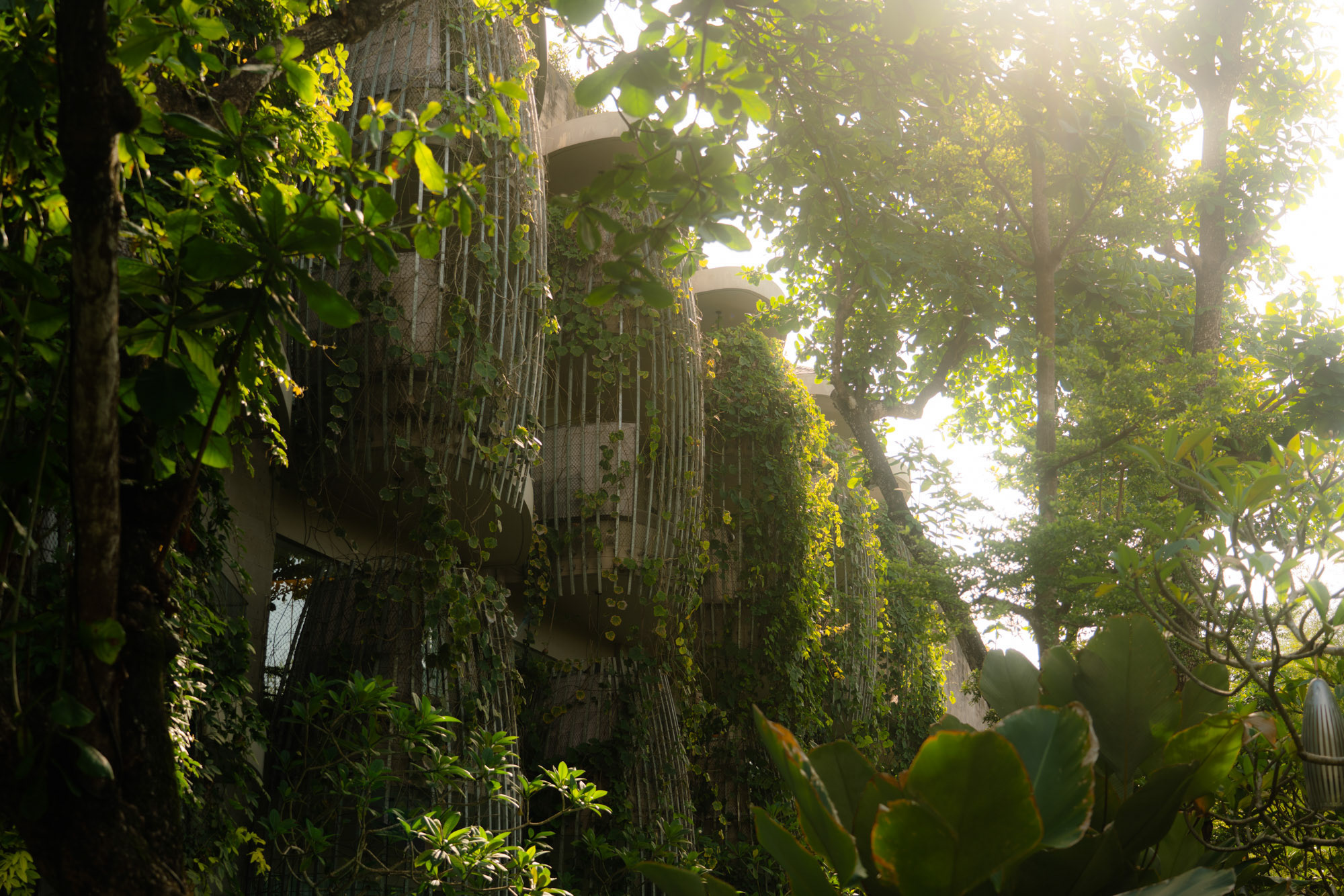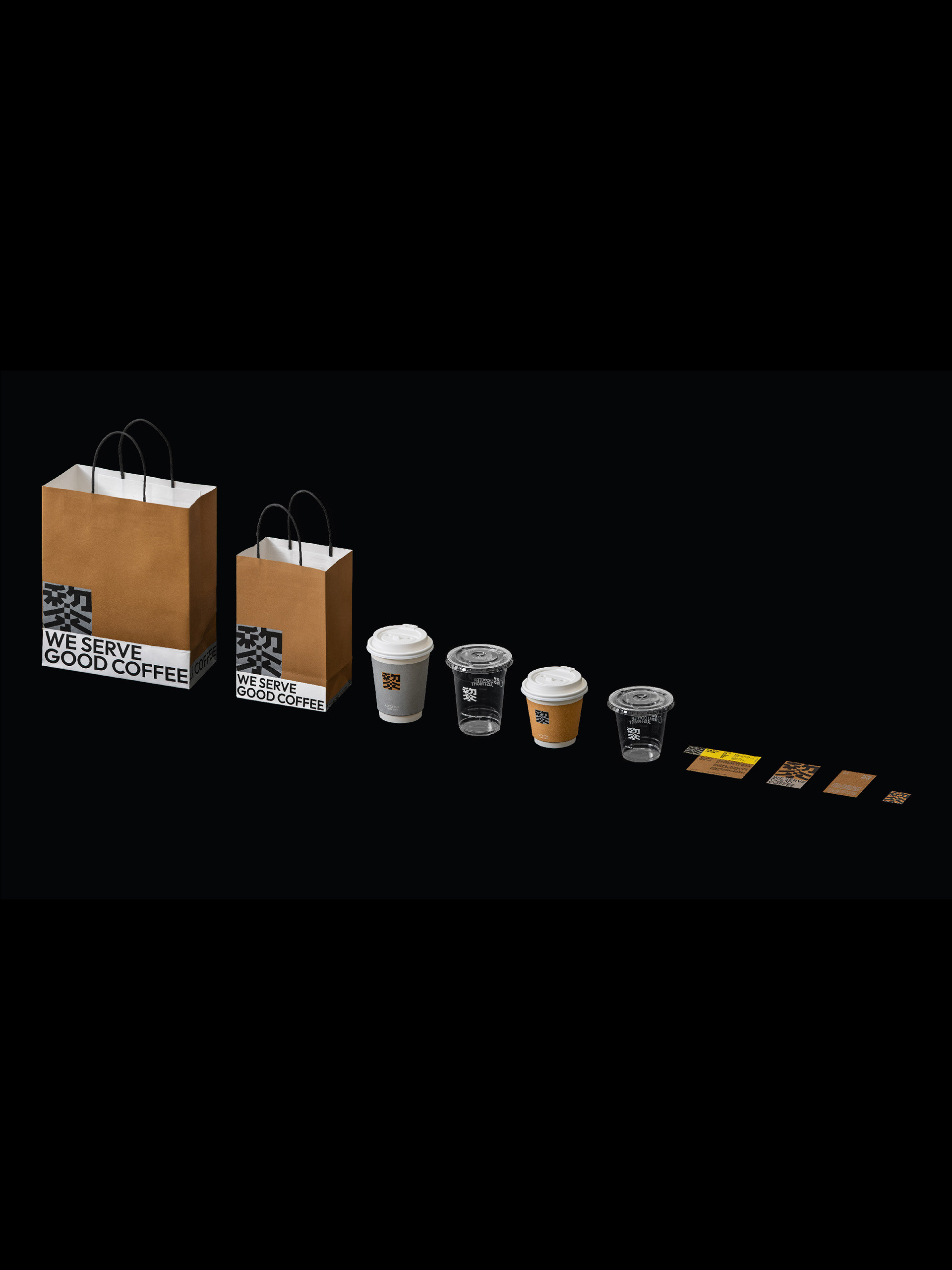Bar Rinascimento
(thesis project dealing with the earthquake in Amatrice)
24.08.2016, 3.36 - 3.38 a.m.
During the night the earth trembled in central Italy and turned several towns in ruins. One of these towns was Amatrice.
Everyday life has its sounds, its rituals, its rhythm and time. That, which was abruptly disturbed at 3.36 a.m, was unimaginably accelerated in the 2 minutes and 36 seconds of the earthquake to then stop in a surreal stasis.
It lasted just a moment but the consequences seem like everlasting. The central area of town fell almost completely in ruins. The supermarket was gone and so were pharmacies, butcher shops, bars, restaurants –just as any other inhabited building.
299 people died and the ones who survived, overwhelmed as they were, had to deal with endless unforeseen issues, steps and stages.
The earthquake and its disastrous outcome are truly tragic. Yet a tragedy is never composed only of tragedy. It encapsulates humour within it, understanding next to complete incomprehension, it creates its own logic and rules, but also absolute chaos at the same time. It reveals moments, subtle details and new arrays of emotions, all of which are so human.
The earthquake and its disastrous outcome are truly tragic. Yet a tragedy is never composed only of tragedy. It encapsulates humour within it, understanding next to complete incomprehension, it creates its own logic and rules, but also absolute chaos at the same time. It reveals moments, subtle details and new arrays of emotions, all of which are so human.
A victim inevitably needs to divide one issue from the other to deal with the situation, so also to narrate and understand, every element must be seen on its own to then compose the bigger image. The macro event unravelled in its micro elements seems more bearable.
FINAL OUTCOME:
When the grey envelope is closed only the title (Bar Rinascimento) is visible and I guess you are wondering why the name of a thesis about the earthquake in Amatrice has the name of a bar. The explanation is right there when the envelope is opened and from there the story can start.
"After the earthquake of the 24th of August 2016, in Amatrice every bar fell in ruins. Not far from the red area, a vintage shop was still standing and the owner decided to turn it into a bar: Bar Rinascimento, the only bar in town after the earthquake, the place where to start community life again."


When the envelope is opened the first element found inside is a map of Amatrice, to give a sort of index to all the other elements that all have in common the same place in which their stories develop.
On the first layer there is a map of the streets and reference points as they used to be before the earthquake. The pharmacy, the butcher shop, the supermarket, the churches, the elementary school, and so on.
On the second layer a color spot covers the streets and all the shops and buildings in the red zone. As the paper is so thin the streets that still exist are still visible.


The news about the earthquake resonated widely through the media: front pages of newspapers all around the world talked about the event. In every photo of the red zone showed, it is clearly visible how almost everything fell in ruins, but the red building of the bank.
The building was always considered ugly by the population of Amatrice and it felt kind of ironic that the only building that survived the earthquake in the center of town was the "Palazzo rosso", as people would call it.
It became famous as the symbol of hope and had its glorius moment to then fall in ruins in October when new earthquakes came. Just like fame after destruction, the "Palazzo rosso" faded away.
Inside the newspaper I have always covered every other article that was on the front pages and just the title of the newspaper, the date (25th of August), the title of the article about the earthquake and the images with the red building are visible.



After an overview of the whole town and newspaper spreads that show the first impact of the news, the next element zooms in in a more intimate sphere. I have asked people from Amatrice to describe what they saw the first time they saw their home after the earthquake and the descriptions I got were not what I expected. The physical description of the situation was always very vague, but on the other hand they have been really accurate in conveying what they felt.
Three main quotes communicate different situations:
“My old house must be demolished now, but there was still the main door and my things inside. I felt I had to close the door. You could enter from the wholes in the walls, but it's my house door and I close it."
"The door could have been opened, but inside the structure was not same anymore. Half of the house fell in ruins. Among rubbles I could recognize my things, but mixed up with stuff of others. The sofa, the one the cat really liked, used to be on the first floor and i saw it in the basement."
"I like home, it's where you feel safe. I've always said that until there's home, it is there that I want to stay. But now it scares me. Even photographing my house that day hurt me."
Three small booklets try to convey the emotional meaning of these quotes through illustrations.
Three small booklets try to convey the emotional meaning of these quotes through illustrations.




After zooming in to the doors and entrances of houses, I have gone into those houses in the search of the objects that got lost inside. There were of course different procedures to ask for objects, but I analyzed one in particular and it is divided in two different moments.
1. To have objects lost in rubbles back, one had to ask to the police men and fill in a document with their address and possibly a description of the objects they wanted back.
Therefore inside the envelope number 1 there is the generic document to be filled in and then there is a list of objects that one specific person would have liked to have back if possible. On one side there is the description and on the other one illustrations that respect the physical features communicated. She wanted some objects back because they really had an economic value (for example vintage forniture); for some other objects the reason why she wanted them back was just affective (the clothes her daughter would wear as a child); some others objects really were needed out of practical reasons (a bad in which her mother kept all the documents so that she could have easily found them)
2. Firemen would recover as many objects as possible among ruins to then give it back to the owners. At one point it has been necessary to clean streets with bulldozers and everything still stuck there got lost forever.
Inside the envelope number 2 there are the objects that the person got back. Here it was not needed to illustrate because the objects were physically there and it was possible to have real photographs of them. For her some objects were really nice to have back, objects such as the painting that her mum really used to like and a photo album, while others were really ironic findings, for example a bag that she got as a present and always found ugly (inside the bag there was a membership card that she had been looking for since '97).
The format of this part is developed in two lists to make them comparable: what she would have liked to have back and what she really got.



After zooming in inside houses, I got out again to look at the rhythm of the routine of the town that stopped.
"The 24th of August divides or lives in two: life before the earthquake and life after the earthquake. And after some days after that date we should have celebrated the 50th edition of the "Sagra degli spaghetti all'Amatriciana", which will come back when the community will be ready. Until then we don't want to give up on our traditions so in Eataly in Rome this year there will be the first edition of the "Festival dell'Amatriciana"."
(Sergio Pirozzi, mayor of Amatrice)
On the cover of the booklet there's the poster of the Sagra dell’amatriciana that should have been on the 27th of August.
The photos in the booklet show on one side how the sagra used to be and how the festival in Eataly in Rome looked like. The photos go on developing throughout the day and comparing what is similar and what is not in the two events.
The photos in the booklet show on one side how the sagra used to be and how the festival in Eataly in Rome looked like. The photos go on developing throughout the day and comparing what is similar and what is not in the two events.




The earthquake had so many consequences that to tidy all the issues up to digest the situation, it almost feels like digging into rubbles to find what is still alive and able to communicate. Therefore to narrate the earthquake, it has been inevitable to organize piece by piece, to distinguish and assemble, to search among ruins fragments of stories that when put all together tell the same one: Amatrice since 3.36 a.m. of the 24th of August 2016.
What I kept hearing from people that survived the earthquake was “Help us. Don’t forget us.”
I can’t forget, so I try to help with my own voice not to make this earthquake forgettable, to understand what happens when two minutes and a half during the night change the life of a whole town.








